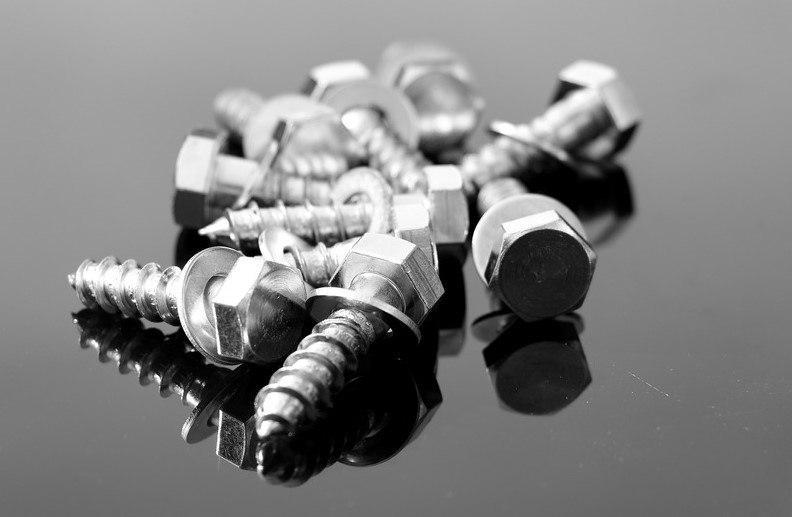Hotline: 4008816860
Hotline: 4008816860
Screws, a ubiquitous and indispensable tool in our daily lives and industrial endeavors, have revolutionized the way we connect and secure objects. From the tiniest components in electronics to the massive structures of bridges and buildings, screws play a pivotal role in ensuring stability and functionality.
The Fundamentals of Screws
Screws are fasteners that utilize the principles of circular rotation and friction to tighten and secure objects together. They consist of a threaded helix that, when rotated, exerts a force against a mating nut or threaded hole, creating a secure bond. The combination of a screw's helical shape and the resulting friction allows for a gradual and secure tightening process.
History of Screws
The concept of screw-like devices can be traced back to ancient civilizations, where various methods, such as ropes and pegs, were used for fastening. However, the modern screw as we know it emerged in the Middle Ages, with early iterations made of wood or metal nails. The first recorded description of a screw-like device dates back to Greek scientist Archimedes (circa 287–212 BC), who devised an Archimedean screw for irrigation purposes.

The development of metal screws, particularly iron screws in the 15th century, marked a significant breakthrough. These screws, with their superior strength and durability, quickly replaced wooden screws and found widespread applications in construction, machinery, and other industries. Over time, advancements in manufacturing technologies led to the development of various screw types, including self-tapping screws, machine screws, and stainless steel screws.
Types of Screws
Ordinary Screws: These are the most common type, utilizing the circular rotation and friction principle to tighten objects. They are available in various sizes and materials, such as iron, steel, and stainless steel.
Self-Tapping Screws: Designed to tap their own threads as they are screwed into a material, self-tapping screws are particularly useful for fixing softer materials like wood, plastic, and light metals.
Machine Screws: With precision-machined threads and tighter tolerances, machine screws are used in applications requiring high accuracy and repeatability. They are commonly found in machinery, electronics, and automotive components.
Expansion Screws (Metal Anchor Bolts): These screws use an expanding mechanism, typically a tapered sleeve or cone, to create a secure anchor in concrete, brick, or other masonry materials.
Stainless Steel Screws: Manufactured from corrosion-resistant stainless steel, these screws are ideal for applications in harsh environments or where high durability is required, such as in the chemical, oil, and gas industries.
Plastic Screws: Made from lightweight and insulating plastic materials, plastic screws are used in electronics, appliances, and other applications where electrical insulation is crucial.
Applications of Screws
Screws are indispensable in virtually every aspect of modern life. They are found in:
Electronics: Tiny screws hold together circuit boards, cases, and other components in cameras, smartphones, computers, and other electronic devices.
Construction: Large bolts and screws secure steel beams, bridges, and other structural elements in buildings and infrastructure projects.
Automotive: Screws and bolts fasten engine components, body panels, and suspension systems in cars, trucks, and motorcycles.
Furniture and Appliances: Wood screws, machine screws, and self-tapping screws are used to assemble and secure furniture, kitchen appliances, and other household items.
Industrial Machinery: Precision-engineered screws and bolts hold together the intricate components of industrial machines, ensuring smooth operation and longevity.
Manufacturing and Processing
The manufacturing of screws involves several steps, including wire drawing, cold heading (forming the screw head and shank), and thread rolling or cutting. Advancements in technology, such as CNC (Computer Numerical Control) machining and automation, have significantly improved the precision, efficiency, and cost-effectiveness of screw production.